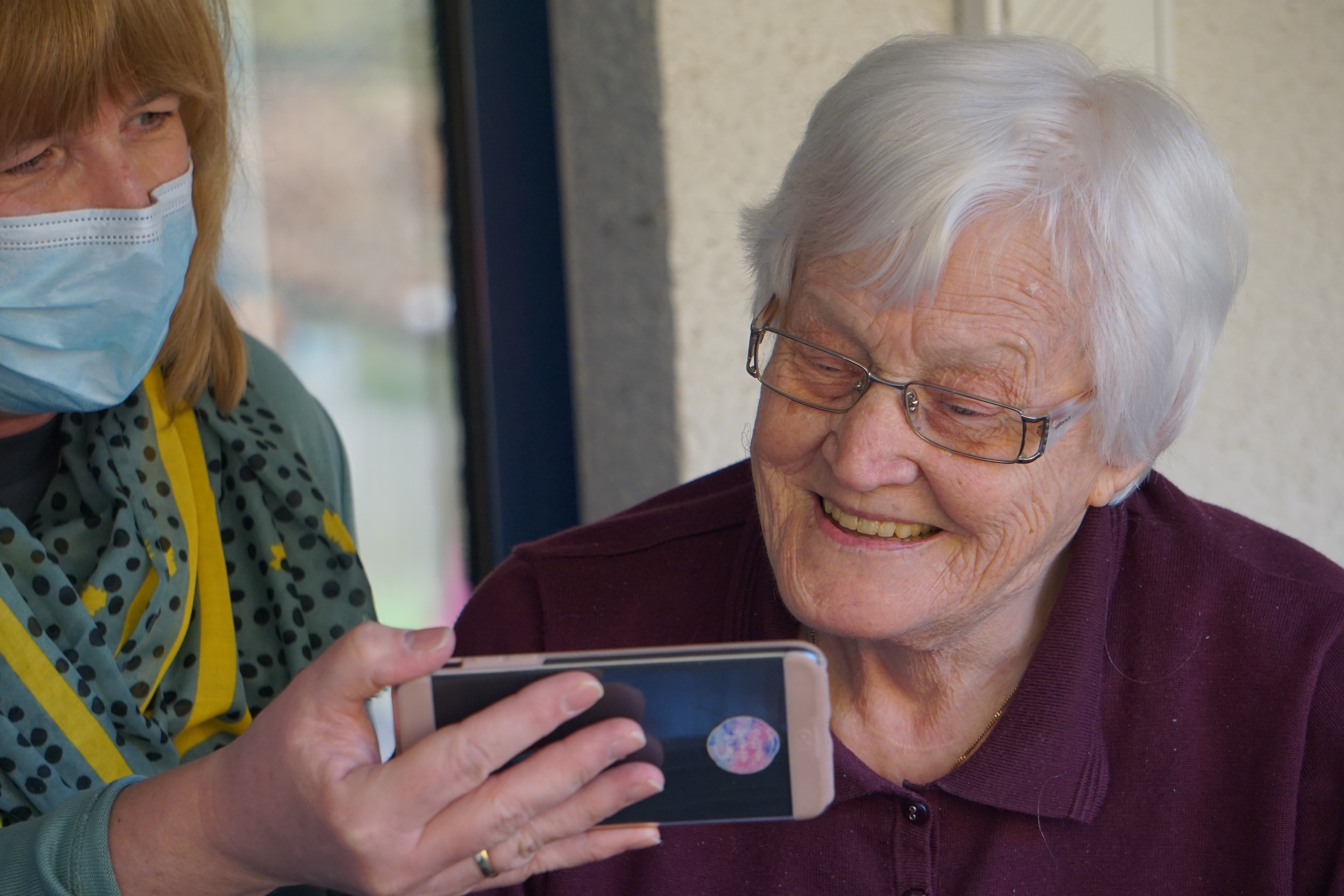
Minority Health: Addressing Disparities in Care
How Public Organizations, Private Practices, and Individuals in the Healthcare Sector Can Address Health Inequity
April is Minority Health Awareness Month, so to get you prepared for next month, we will be looking at ways to address disparities in health care.
Disparities exist in every part of society and health care is no exception. For example, while the mortality rate for pregnant persons is higher in the U.S. compared to other first world countries, that mortality rate is even higher for persons of color compared to white persons in this country. For black persons specifically, that rate is over three times higher!
But health disparities don’t just exist along racial lines. They also exist along lines of ethnicity, wealth, gender, and gender identity. All minorities and those in lower financial classes have serious barriers to quality health care that creates inequity.
As health care professionals, it is our job to ensure that every person is well cared for in our service and that we do the best job we can to improve their lives. In order to fulfill our obligations, we must address health disparities.
Equality vs. Equity
Addressing disparities in care is done through health equity. Before we look at what equity is, it’s important to understand inequality and the differences between equality and equity.
Inequality, or disparity, is when two individuals have unequal access to a system. We’ll use an apple tree as an example. In this case, inequality is when the fruit easily falls off the tree for one person but not the other.
Equality is when tools are evenly distributed, however, access to the fruit still remains unequal. In this example, both individuals are given the same height ladder, however, the tree branches do not hang at the same height and the one individual is still unable to reach the fruit.
Equity is when an individual is given the exact resources they need to access something. In our example, each individual is given the right height ladder to reach the branches before them.
While our example of an apple tree is a naturally occurring system, it is important to remember that social systems aren’t naturally inequitable. They have been intentionally designed to reward specific demographics, and it has been this way for so long that it may appear to some that it is unintentional, however, they are actually rooted in discriminatory practices and beliefs.
Health Equity
When it comes to healthcare, this means ensuring that everyone has the same access to quality care and the opportunity to be as healthy as possible. Health equity will mean instituting programs and policies that boost individuals with health disparities so they too can have the same quality health care as others in the system.
Disparities are all barriers to receiving care that allows people to achieve their highest level of health. Some of the disparities include:
- Cost of care
- Types of insurance plans a practice accepts
- Transportation and mobility barriers to the health clinic location
- Medical professionals’ language proficiencies
- Medical professionals’ cultural competencies
- Medical professionals’ personal biases
It’s important to note that health equities aren’t confined to the health care clinic itself, as can be seen in the list of examples above. It is critical to remember that some of these barriers, such as transportation barriers, can exacerbate other disparities.
What Public Health Organizations are Doing to Achieve Health Equity
Government and public health organizations have been working to understand disparities in care and addressing those disparities through health equity programs. Some of those organizations include the Centers for Disease Control (CDC), the Centers for Medicare and Medicaid Services (CMS), and the Department of Health and Human Services (HHS) through their Office of Minority Health (OMH). We recommend taking a look through some of these organizations’ documentation to more fully understand health equity and how the public health sector is addressing disparities.
- CDC’s Strategies for Reducing Health Disparities
- CMS Framework for Health Equity
- OMH Resource Center
What Private Practices Can Do to Reach Health Equity
Private practices can take steps toward reducing disparities. The first thing to do is to evaluate barriers faced by your prospective patients. Once you understand what barriers they may have to achieving better health, only then can you begin to address those disparities.
Let’s take a look at some other things a private practice can do to reduce barriers.
- Transportation barrier: Offering home care visits, offsetting transportation costs, implementing a flexible cancellation policy, offering “drop-in” community hours
- Wealth barrier: accept Medicaid and Medicare
- Social barriers: offer holistic care that emphasizes the patient’s personhood and sees people as more than just another patient; this means using plain language (not medical) when speaking to your patients, addressing language barriers with translation services (not family members), paying attention to a patient’s body language, setting maintenance tasks relative to what your patient deems to be realistic (think about access and variety of foods for diet)
- Food barriers: if access to healthful foods is a problem due to a food desert or financial abilities, consider partnering with a service like Imperfect Produce or Misfits Market to ensure patients have access to fresh produce
- Cultural barriers: institute a diversity, equity, and inclusion (DEI) policy that helps your practice not only diversity your workforce, but can offer better care and understanding to a diverse set of patients
How You Can Implement Health Equity in Your Care
It’s not just up to the big public health agencies to study and lay out guidelines in order to work toward health equity. It takes every individual in the healthcare industry doing their individual part to achieve health equity. This is because health inequity permeates both public and private practices. Here are some of the things you can do as an individual:
- Ask your employer to review and/or institute a diversity, equity, and inclusion (DEI) policy
- Ask your employer to have cultural days where employees learn about different cultures to help individuals check their own biases
- Ask your employer to have translation services available to patients
- Use active listening when talking to patients and observe their body language
- Look beyond the paperwork and see the person you are treating; work toward creating a one-on-one relationship with them that allows you to better understand their circumstances and personality so that you can provide better, more individualized care
Key Takeaway
Addressing inequities in healthcare for minority populations is a long-term process. Instituting one or a few changes to how you offer care won’t resolve problems overnight. As society changes, so too will the disparities. Addressing health equity is a continuous battle toward justice and every organization, private practice, and individual in health care must do their part.
Home Health Care Brings Equity!
Home health care addresses many of the disparities in health care. Home health care is actually much more affordable than staying in a hospital or long-term facility. Because care is received in the comfort of your own home, patients don’t have transportation or mobility barriers to overcome. At All American, we are proud to serve our entire community! We offer the highest quality health care to all patients and offer affordable and customizable services in the comfort of your own home. Contact us today to learn how we can help you or your loved one live a happier, healthy life at home!





